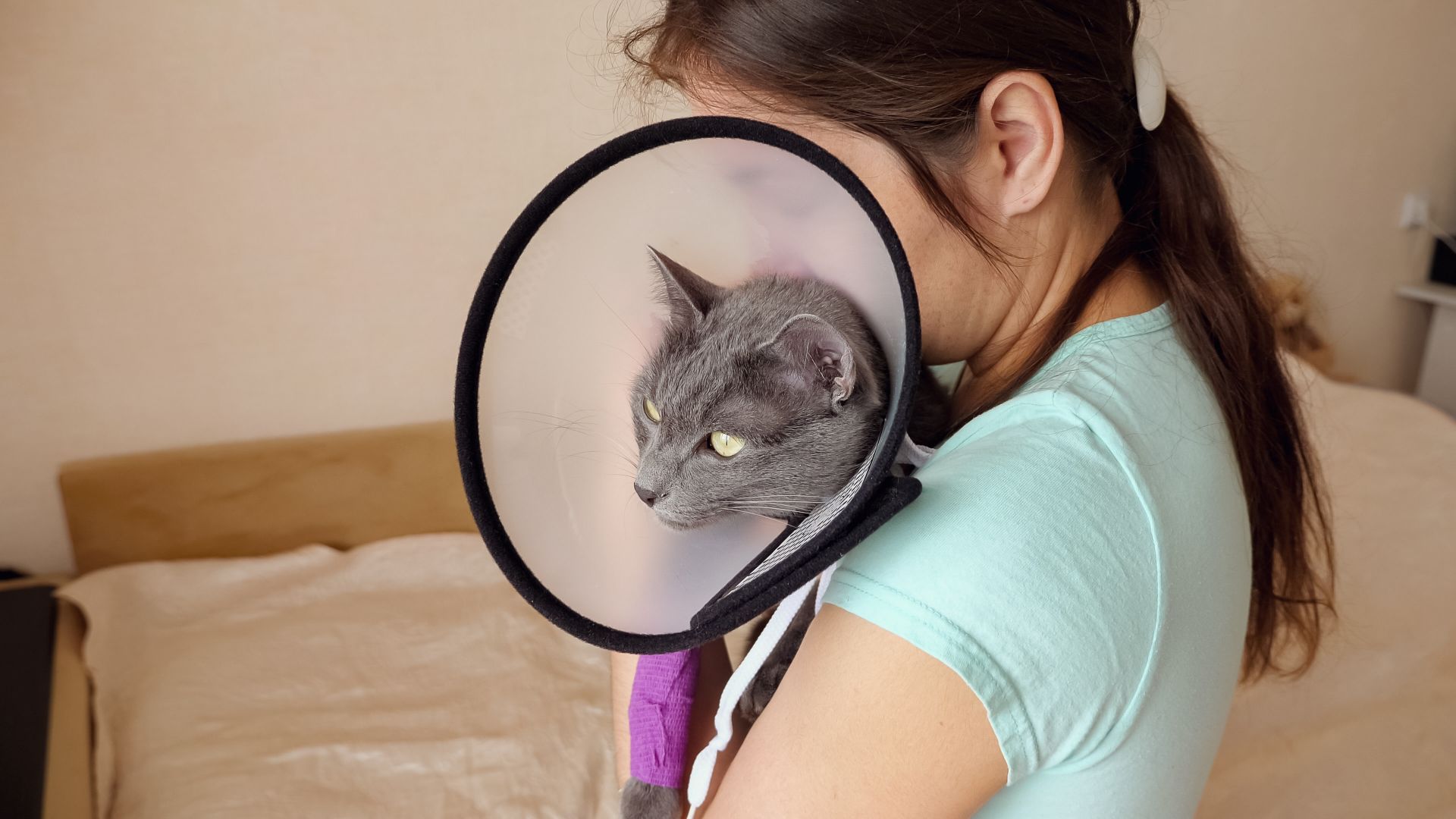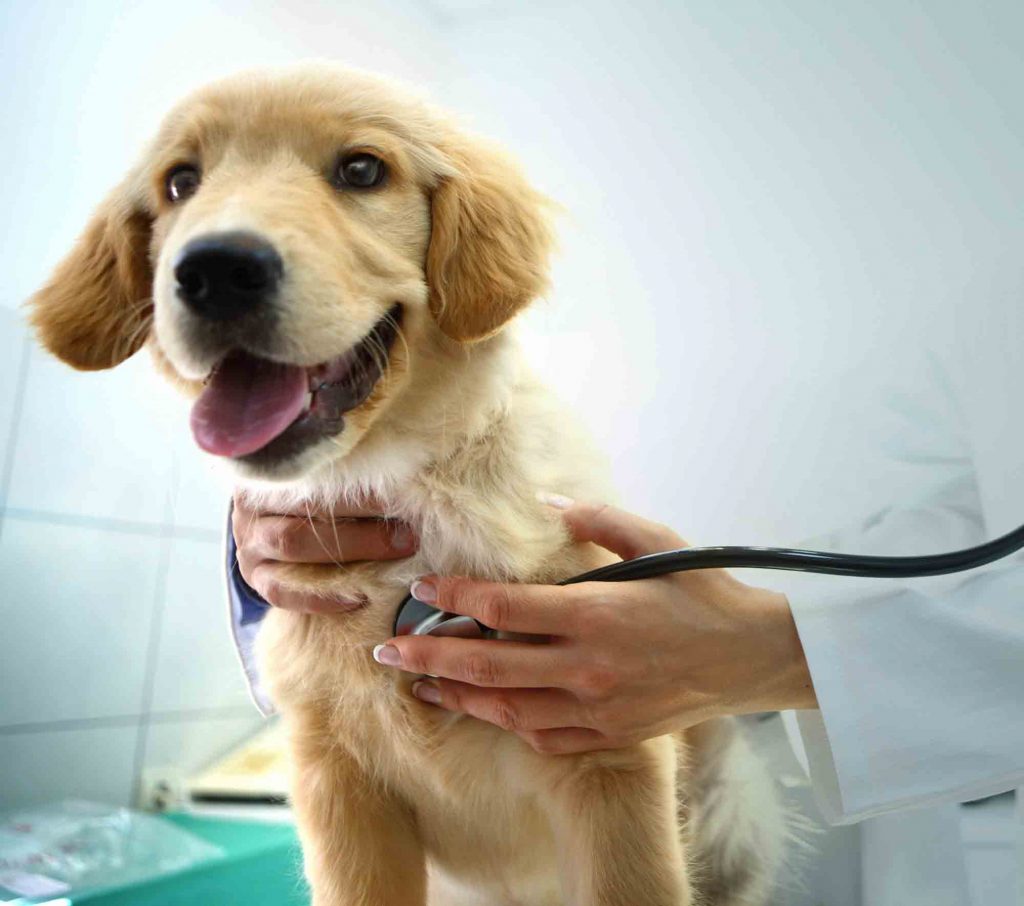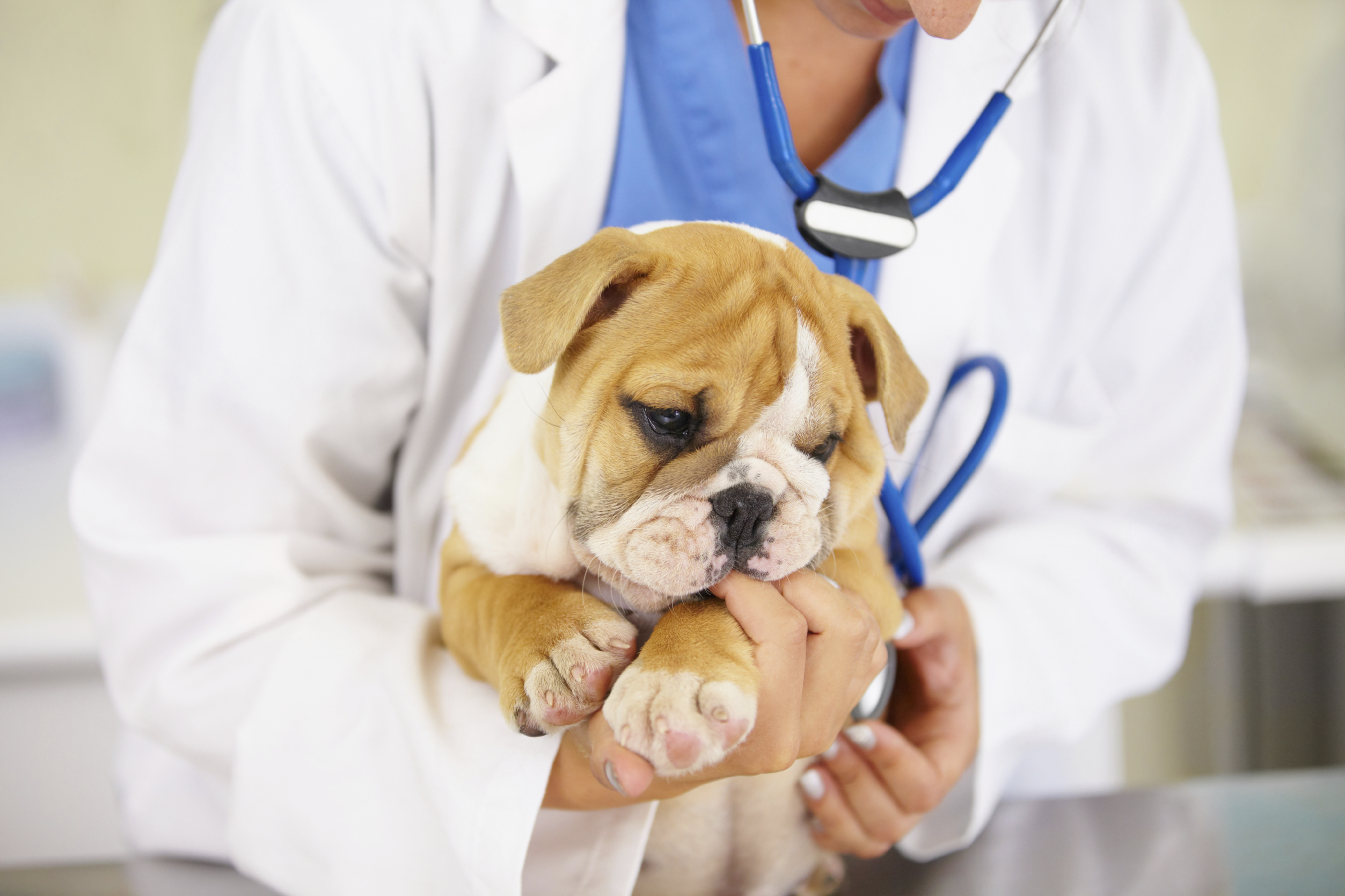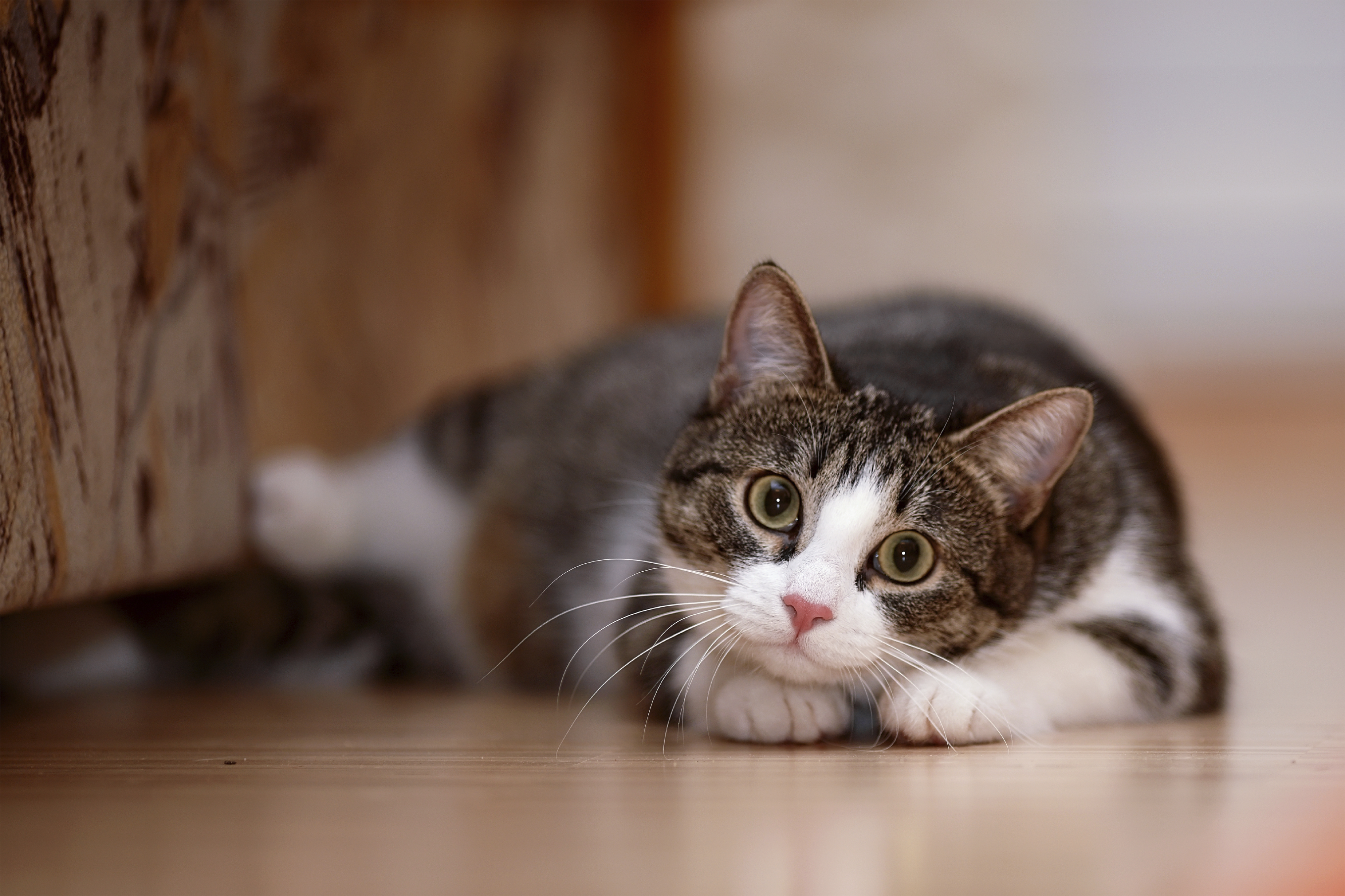Posts in Category: The Surgical Suite
New Alternatives to the Dreaded “Cone of Shame”

Most pet owners are familiar with the Elizabethan collar, or e-collar for short. Often referred to as the “cone of shame”, this collar has a much-maligned reputation, despite it serving an essential role in post-surgery recovery for dogs and cats.
Designed to protect pets from licking or chewing at surgical wounds, bandages, sores or itchy spots, the e-collar has been a ‘go-to’ helper for many years and there are several versions that have become available over time.
Continue…Understanding TPLO Surgery In Dogs

Was your dog running happily through the yard one minute, then limping and unable to put weight on one of its rear legs the next? Or, have you watched your older dog become less active due to a gradual deterioration in one of its knees, a problem that you know is affecting your dog’s quality of life?
A torn cranial cruciate ligament (called CCL in pets and ACL in humans) may be to blame. This is a common problem in dogs and, in many cases, requires surgery to correct and to prevent further damage to the knee joint as time goes on.
Tibial Plateau Leveling Osteotomy (TPLO) surgery is one of the most widely used procedures for repairing a torn CCL in dogs (and sometimes cats). At Lone Tree Veterinary Medical Center, we are fortunate to have a skilled and certified TPLO surgeon on our medical team who has helped hundreds of dogs return to an active life through TPLO surgery. Since we have seen so many successful results with this procedure, we thought it important to explain what TPLO surgery is, why it’s so effective, and offer tips for supporting your dog’s orthopedic health after TPLO surgery.
Continue…A Focus On Healing: Post-Surgical Pet Care Basics
 The days and weeks that follow any surgery are a time of rest and recovery, and having a loving and supportive caretaker at home is an absolute must. Depending on the type of surgical procedure your pet has undergone, as well as their age and overall health, they will have specific postoperative requirements that must be adhered to for optimal healing.
The days and weeks that follow any surgery are a time of rest and recovery, and having a loving and supportive caretaker at home is an absolute must. Depending on the type of surgical procedure your pet has undergone, as well as their age and overall health, they will have specific postoperative requirements that must be adhered to for optimal healing.
Here at Lone Tree Veterinary Medical Center, we do our part to make sure that you’re equipped with the discharge instructions, medications, and postoperative checkups that your pet needs, but the majority of post-surgical pet care relies on how you care for your pet at home.
Cancer In Pets: Fighting A Formidable Foe

A diagnosis of cancer in a beloved cat or dog can be absolutely devastating. Unfortunately, with pets living longer than ever, cancer in pets becoming increasingly common, especially among seniors. Cancer remains one of the most common causes of death in adult and senior dogs and cats.
As of yet, there is no cure for cancer in pets, but with early detection and a commitment to preventive care, we can give our pets the best chance at a long and happy life.
Signs Of Cancer In Pets
Understanding the early signs of cancer in pets is vitally important to catching and treating the illness before it becomes more difficult and costly to treat. Give us call if you notice any of the following symptoms in your pet: Continue…
The Choice Is Clear: The Advantages Of Laparoscopic Spaying

Each year in the United States, 83% of pet dogs and 91% of pet cats are spayed or neutered. Having your pet “fixed” has many advantages; besides reducing pet overpopulation, spaying and neutering can reduce the risk of certain cancers and ameliorate behavioral problems in many cases.
While both spaying and neutering are surgical procedures, neutering is relatively simple and straightforward. A traditional spay, however, where the entire reproductive system is removed from the body through an incision in the abdomen, is considered major abdominal surgery.
Traditional spay surgery remained relatively unchanged for decades, until now. Laparoscopic surgery has changed everything in the world of veterinary medicine, and we are thrilled to share this exciting information with our readers and clients. Continue…
Pet Orthopedic Surgery: Restoring Mobility And Promoting Healing

Injuries and diseases of the bone in pets are more common than most pet owners realize. Our pets play, run, spin, leap, and generally use their bodies in a variety of interesting and, sometimes dangerous, ways. Unfortunately, these youthful shenanigans can also have negative consequences.
Despite our best intentions, sometimes our pet’s activities can end up leading to bone, joint, and muscle injuries. In addition, many breeds carry with them genetic tendencies toward certain types of bone and joint damage, including, hip dysplasia, back and knee issues. At Lone Tree Veterinary Medical Center, we’re equipped to handle these problems and more through the use of orthopedic surgery. Continue…

